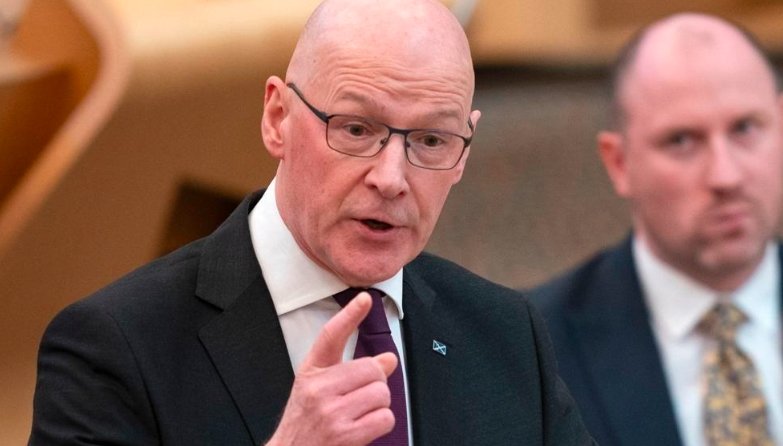Scotland’s new First Minister is pushing for closer links with the United States—just days after Donald Trump reimposed punishing tariffs that could hit the heart of Scotland’s export economy.
In New York for Tartan Week, John Swinney struck a confident tone. But behind the tartan and handshakes, concern is mounting over the future of Scotch whisky sales in America—Scotland’s biggest overseas market.
Tariffs Cast Shadow Over Tartan Week
The US president’s decision to reintroduce tariffs on EU and UK goods—branding the move part of “liberation day” from what he claims are unfair foreign trade rules—has thrown a wrench into the transatlantic economic machine.
Whisky industry insiders say they’re already preparing for a potential hit to sales. Scotch whisky exports to the US reached £971 million in 2024 alone, according to HMRC data. That’s nearly a fifth of the spirit’s total global exports.
One line: Any knock to US sales will hurt.
And there’s more: Scottish distilleries rely heavily on used American bourbon barrels—importing roughly $300 million worth annually. It’s a two-way trade relationship, and these new tariffs risk upsetting the balance.

Swinney Talks Optimism, But Warnings Mount
Still, Swinney isn’t backing away from his international focus. After meeting with key players in the whisky and investment sectors in New York, he said Scotland’s “global brand strength” could be a tool for attracting inward investment—even in tough conditions.
He also spoke warmly about the “deep historic and cultural bonds” with the US, particularly the close-knit relationship between the Scotch and American whiskey industries.
One-sentence paragraph here for rhythm: “We’re talking about thousands of jobs and billions in trade on both sides,” he told reporters.
Swinney’s stance? Engagement first. Even if Washington’s mood has shifted under Trump’s second term.
What’s at Stake for Scotland’s Whisky Industry
Scotch whisky isn’t just iconic—it’s big money. And the stakes are real. Here’s how reliant Scotland’s distilleries are on their American ties:
-
US remains the top export destination for Scotch whisky (£971m in 2024)
-
90% of Scotch whisky is exported, with the US taking nearly 20%
-
Used bourbon barrels are essential, costing £240m ($300m) annually
-
Tariffs in 2019 slashed Scotch whisky exports to the US by nearly 30% during the height of Trump’s first trade war
It took years to recover from the last round of tariffs. Some smaller producers never did.
Scotland’s Economic Balancing Act
Swinney’s position as First Minister is still fresh—this trip to the US marks his first major diplomatic event. And it’s already testing his ability to juggle Scotland’s economic interests with international realities.
Trump’s trade agenda doesn’t appear friendly to traditional allies. But Scotland’s approach, at least for now, is one of cautious diplomacy.
Two lines this time: Business leaders back Swinney’s strategy—mostly. But they want results.
Many in Scotland’s export-heavy sectors say they’d rather see firmer action, including UK government pressure on Washington and trade relief for exporters.
Could Trade Retaliation Be Back on the Table?
This isn’t the first time Scotch whisky has been caught in the crossfire of US-UK trade rows. Back in 2019, Trump imposed a 25% tariff on single malt Scotch, part of a broader response to an EU-US aircraft subsidy dispute. Exports nosedived.
By 2021, those tariffs were suspended. Relief was short-lived. Now they’re back.
Industry experts say it’s not just whisky that’s at risk. Scottish salmon, textiles, and shortbread—all previously targeted—could be hit again.
One short paragraph again: For now, the tariffs are limited. But few expect them to stay that way.
The fear? If trade tensions escalate, Scotland’s economy—especially its rural and manufacturing sectors—could take a serious hit.
Whisky as Diplomatic Bridge?
Still, Swinney insists Scotch whisky can be part of the solution, not the problem.
Speaking in New York, he described it as “a truly global brand” that acts as “a passport for Scotland”—opening doors to trade and investment far beyond just liquor sales.
That metaphor raised eyebrows among some observers. But it also highlights his strategy: use soft power where hard diplomacy may falter.


















